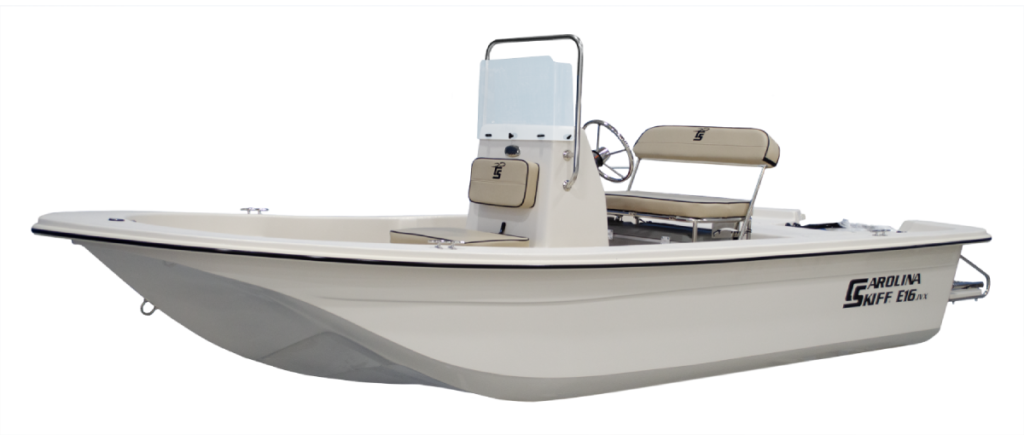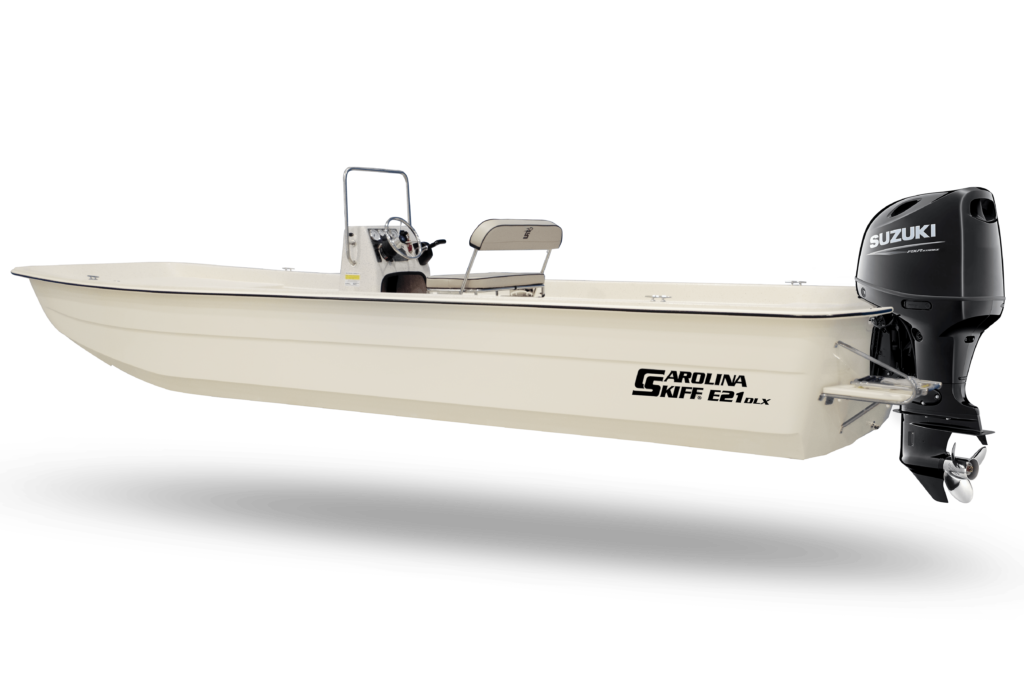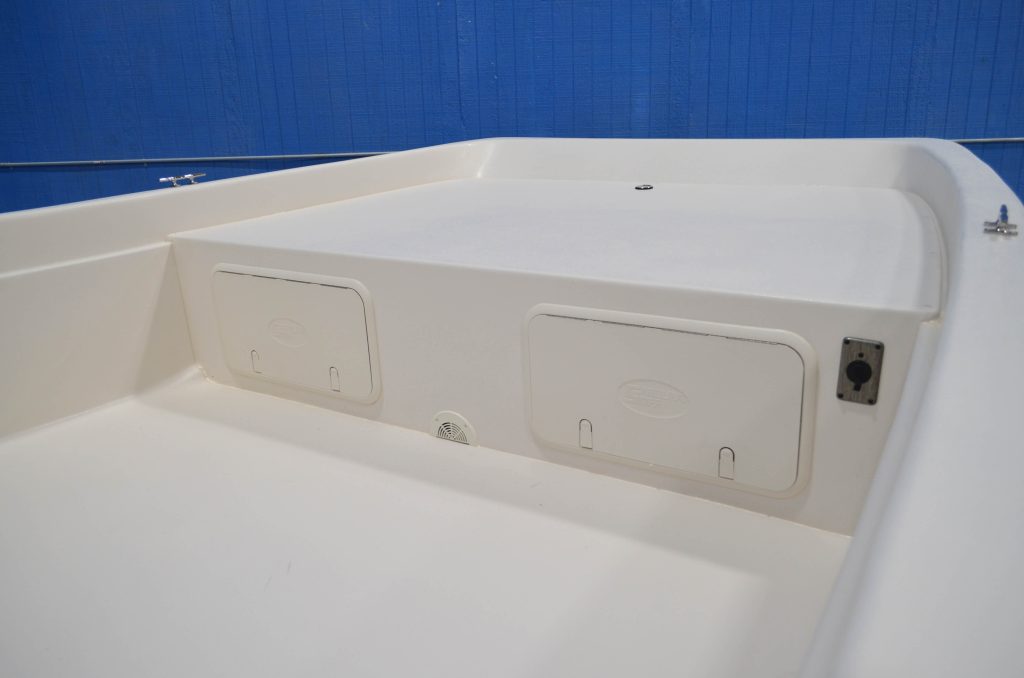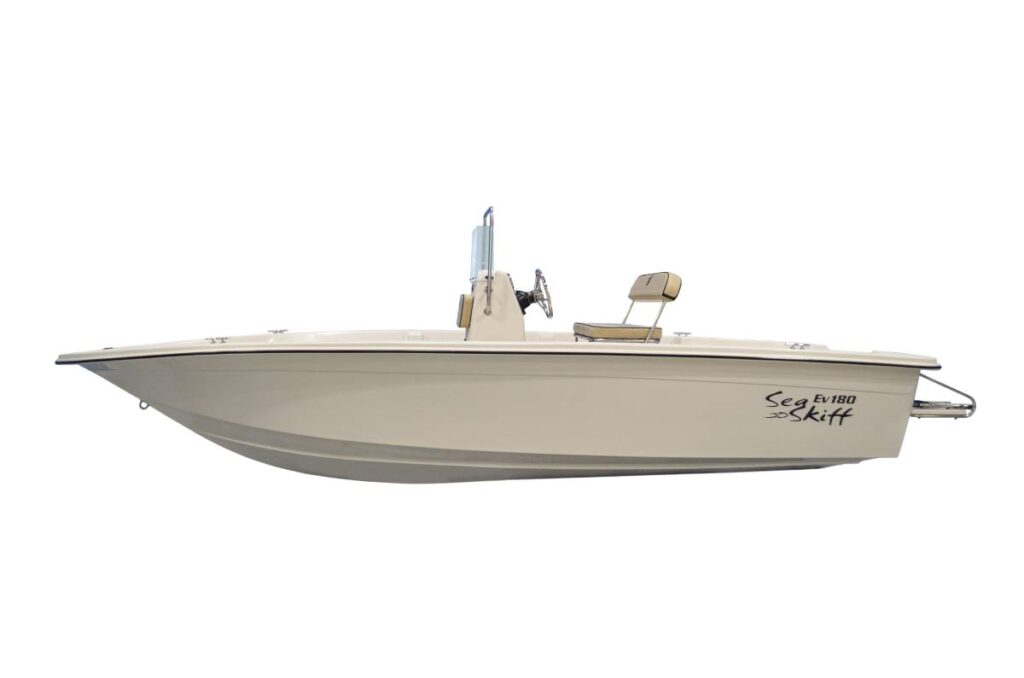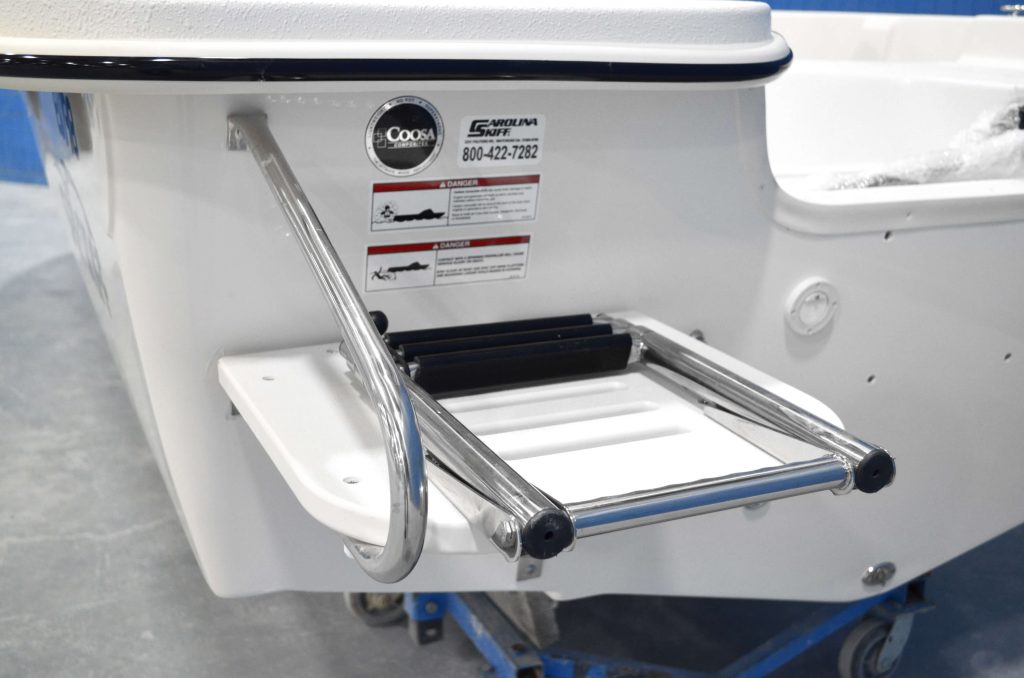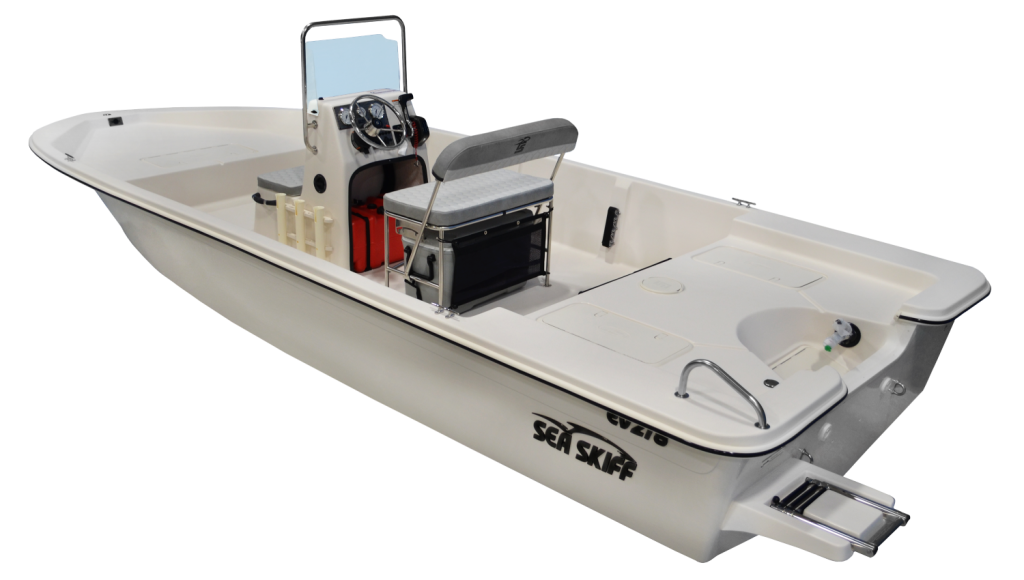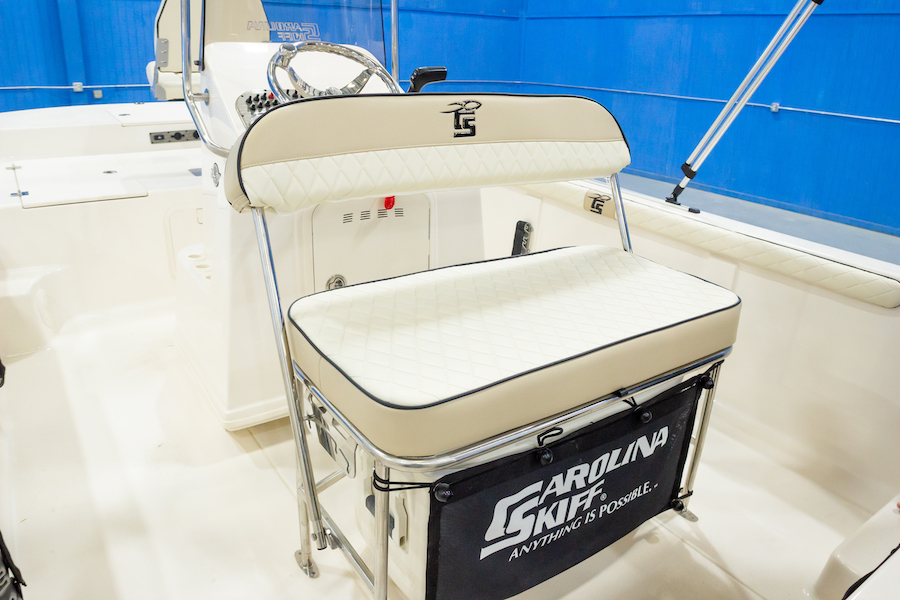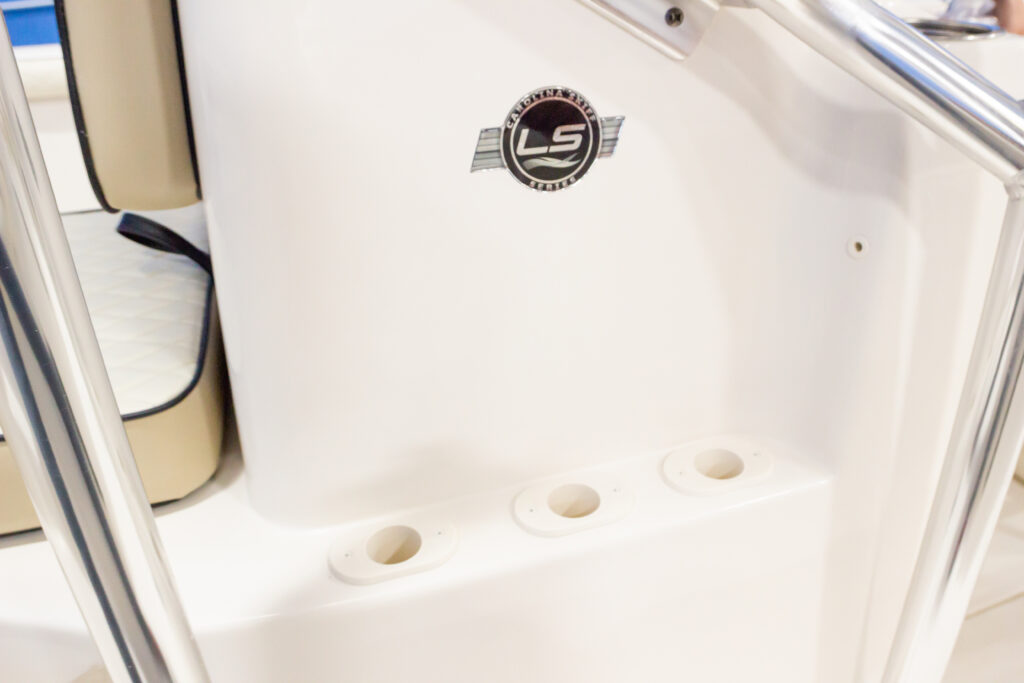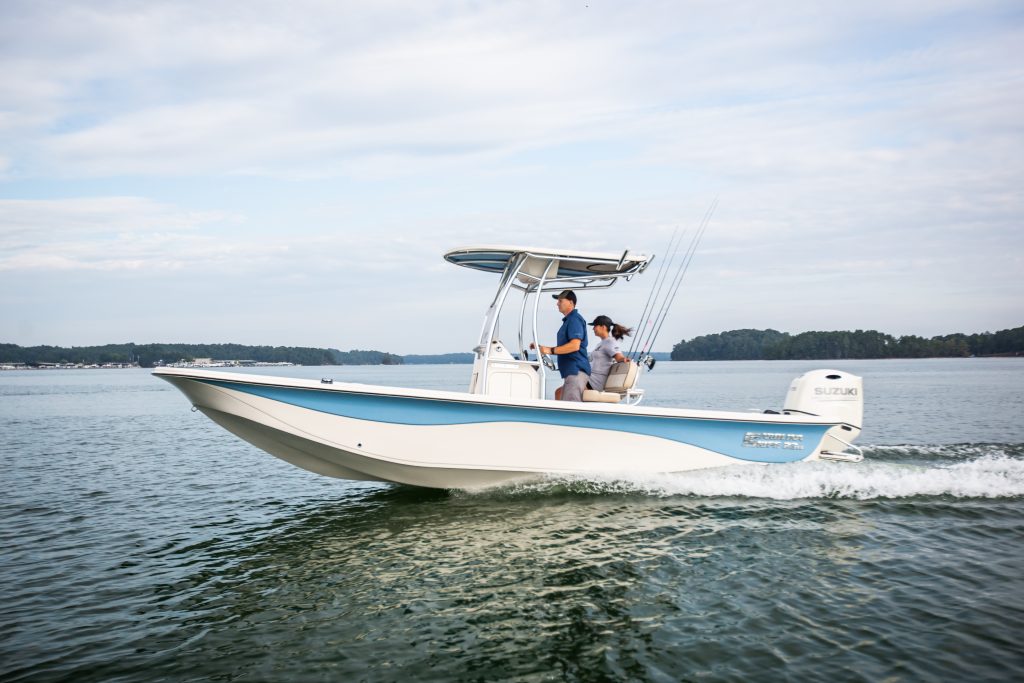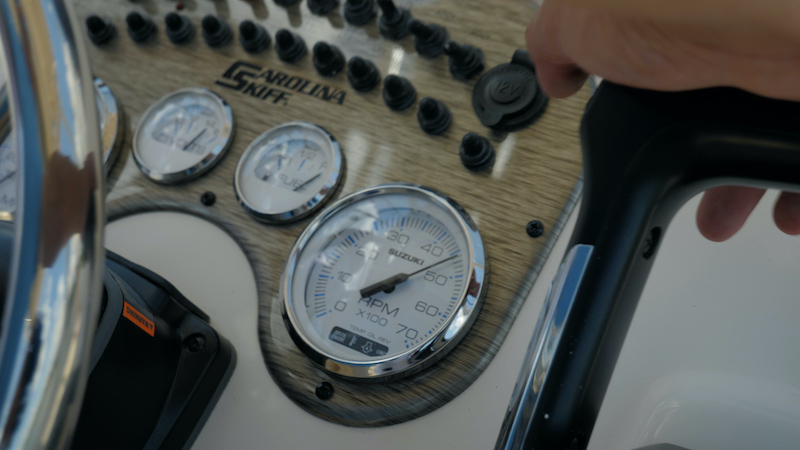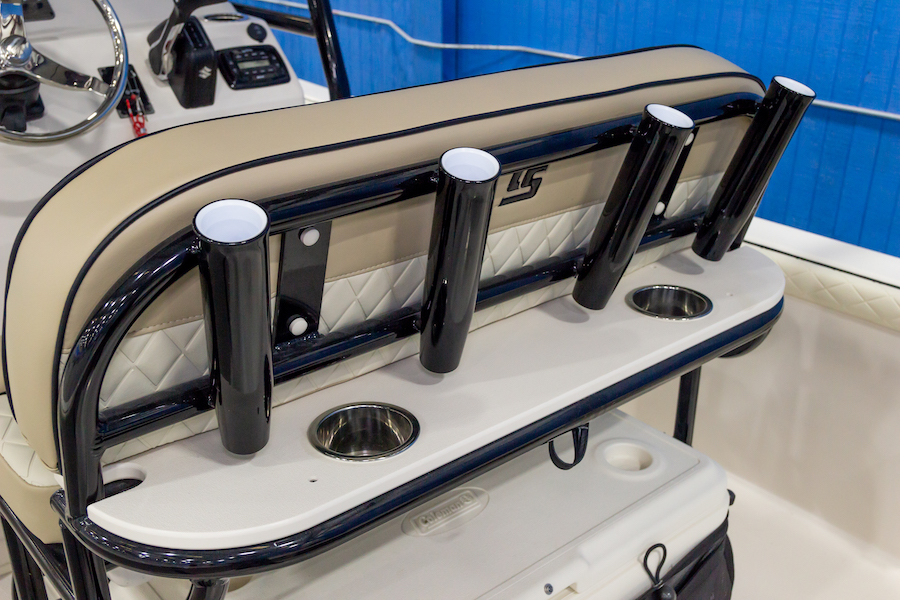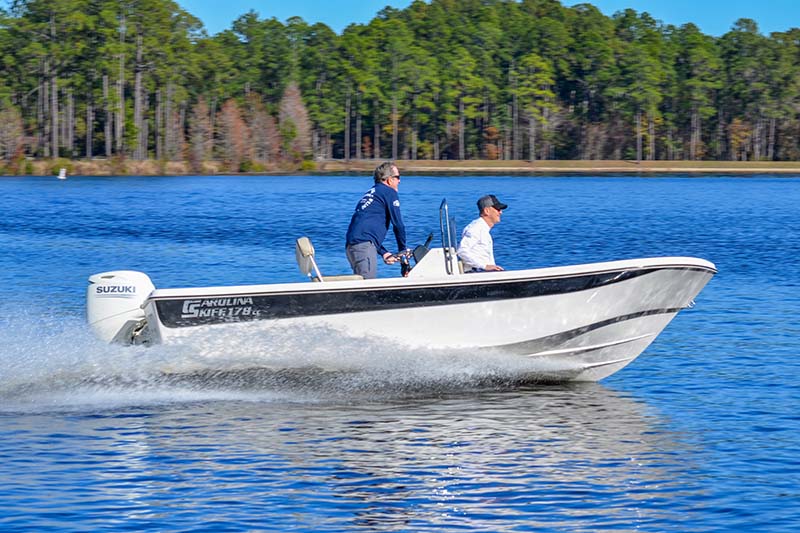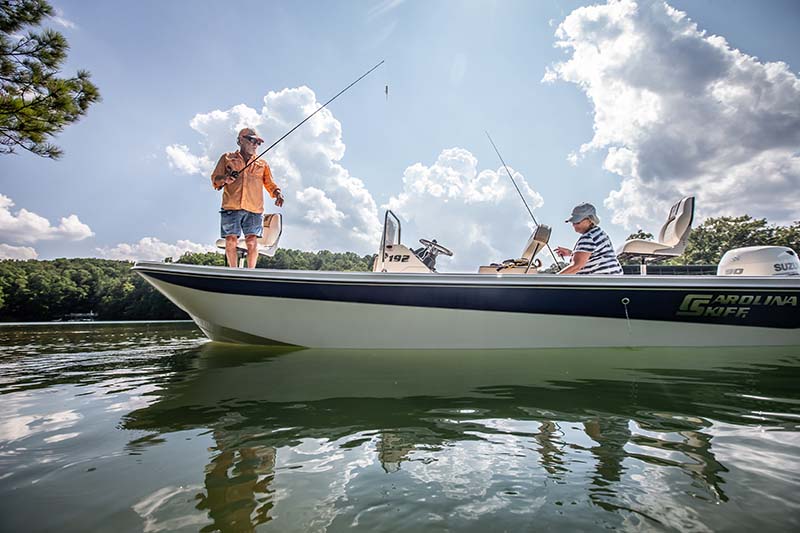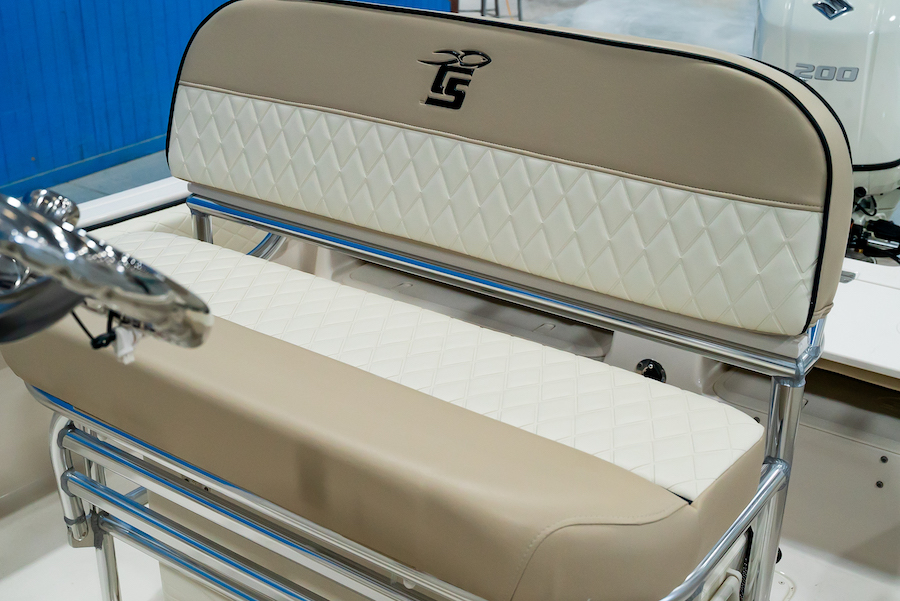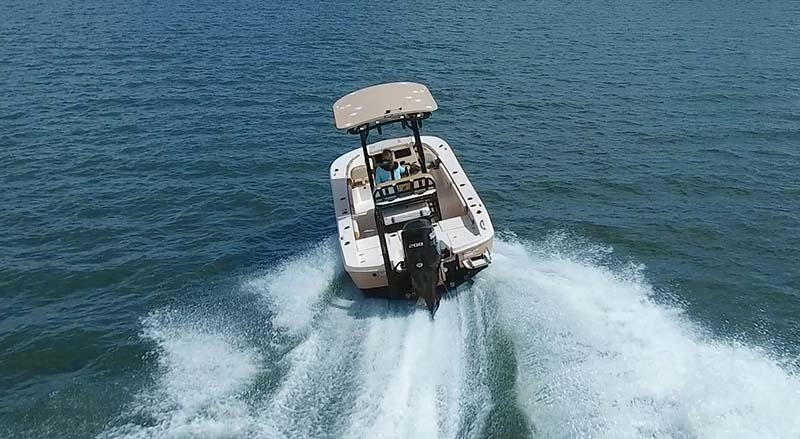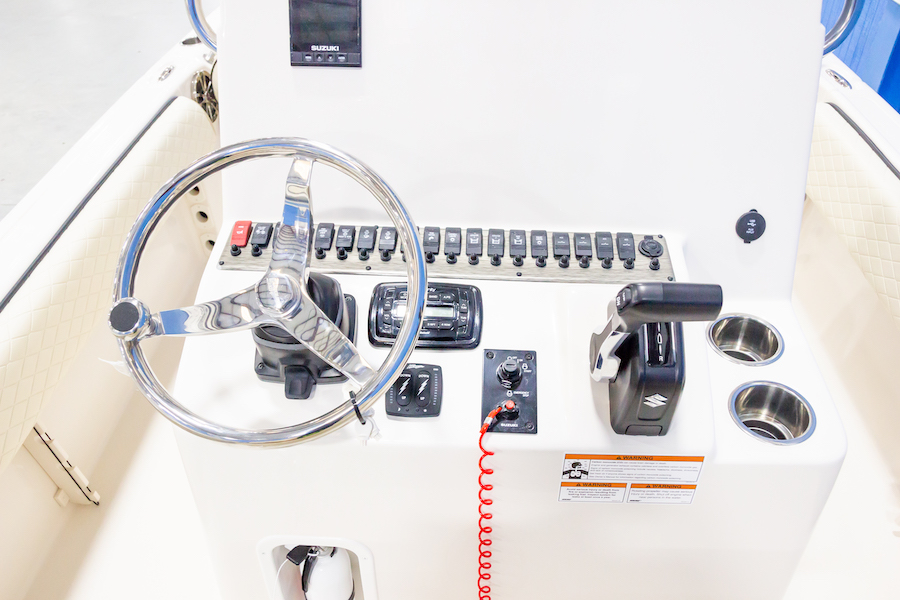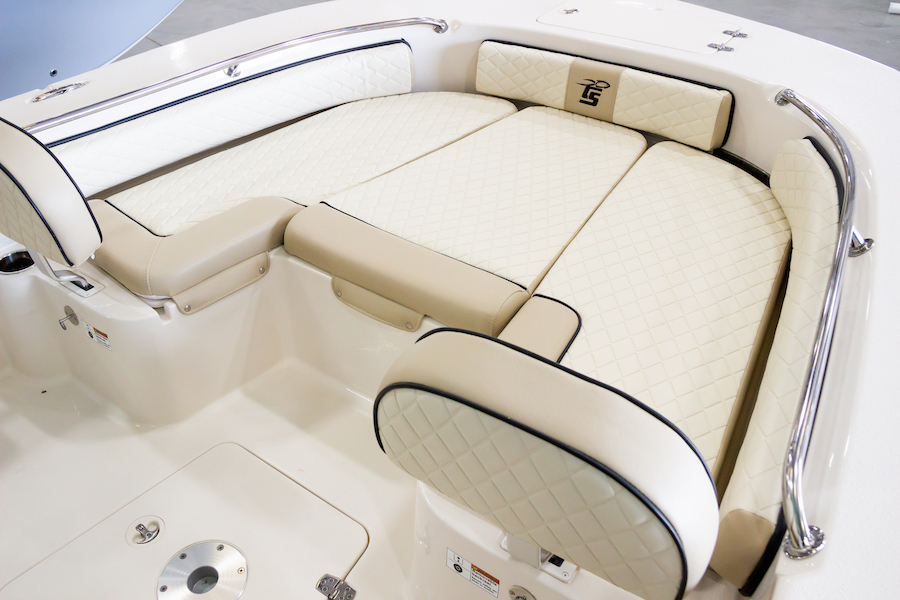Some saltwater anglers have a one-dimensional mindset when it comes to anchors. They are meant to keep the boat in place. Savvier anglers use their anchors as a tool for catching more and bigger fish.
For inshore fishing that means being able to stay put and move again quickly.
Being able to stay put and move again quickly is the norm for inshore anglers. One spot might be a reef or wreck and the next move could be shallower around a creek mouth or flat.
All that moving necessitates the need for other options besides the ball and chain anchors used by recreational boaters. Those traditional anchors are noisy and can create more commotion on the bottom than necessary when they dig in.
Modern technology and brilliant minds bring us these options designed to improve fishing success.
The CQR or coastal release anchor is a popular choice. The plow-style anchor sets as the point digs into the bottom. The concept is simple and so is the DIY method for assembly. First, slide a buoy onto the anchor rode. Tie a loop knot to secure it, leaving a 6- to 8-foot tag end. Then, attach a clip to a second loop on the end. Finally, run the clip through the boat eye and snap into the loop. The concept allows you to hold in place, and free the boat instantly to follow a hooked fish.
Thanks to modern technology you can go virtual with just about any task. That now includes anchoring. Mercury Marine’s Joystick Piloting uses an onboard computer system using a joystick-style control. The Skyhook application uses GPS to keep the boat precisely on fishing spots, even with waves and current in play. The option is available on Mercury Verado outboards, from 250 horsepower and up.
Virtual anchoring technology is also available on the bow, again, using GPS technology integrated into a fish finder. Minn Kota’s Spot-Lock keeps the boat from drifting off a spot as you fight, release or rig back up after the catch. MotorGuide’s Pinpoint GPS control keeps the boat on a fixed GPS coordinate.
With the push of a button, you can be anchors aweigh using shallow water anchor systems. Power-Pole and Minn Kota are popular brands. The systems use a hinged lightweight metal arm that extends down and away from the transom. A hydraulic pump drives an integrated fiberglass spike into the bottom to hold the boat in place. You deploy and raise the anchor system using a key fob worn on a lanyard around the neck.

The Carolina Skiff 19 DLX makes an ideal boat for inshore fishing. A patented hull design with bow splash guards keep passengers dry and protected from spray over the bow. A positive tracking keel on the running surface keeps the boat tracking true, even without sliding on tight turns like most flat-bottom skiffs.
A length overall of 18′ 11″ and beam of 77″ with a gunwale height of 19″ make the 19 DLX ideal for any boating scenario. Weight is 1,197 pounds with a draft of only about 4.” With a maximum 90 horsepower, the boat is fuel efficient, light weigh, and performance driven for a skiff in its class.
This stylish workhorse is laid out to please. Up front is lockable storage and a non-skid deck for sure footing. In the back is an 18-gallon live well and 19-gallon fuel tank and more storage to keep gear organized.
The console features full instrumentation and a lockable access door for storing small items like smartphones, keys and other personal items. Six flush mounted rod holders keep outfits at the ready. The windshield is removable for mounting of electronics.
Find out more about the 19 DLX and all Carolina Skiff models at carolinaskiff.com. You can find a dealer, learn more about the brand legacy, and build a boat on the website. You can also contact Carolina Skiff and request a catalog. Join the community of Carolina Skiff followers at the Carolina Skiff Facebook Page.
